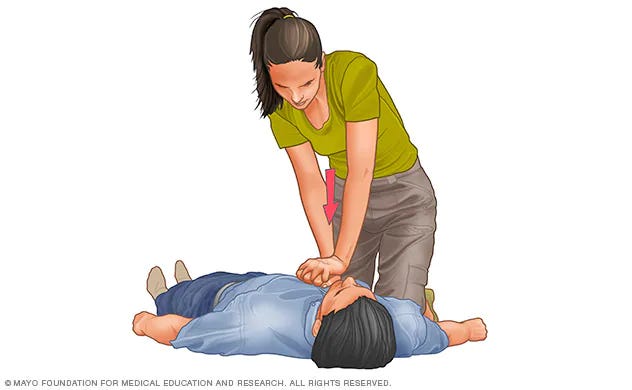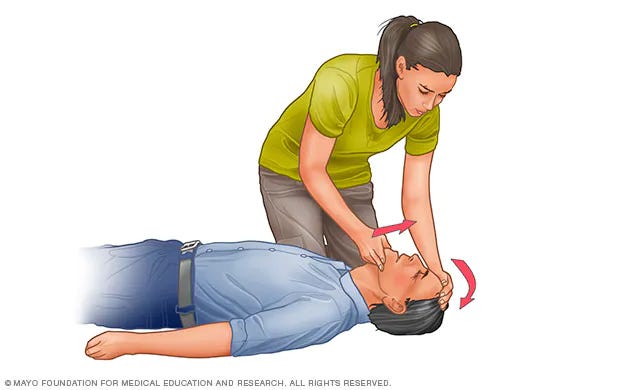June 12, 2021: Euro Cup football (Euros 2021) Saturday night in the tournament was shocking. Christian Eriksen, a Danish footballer collapsed on the ground. Eriksen fainted before anyone knew it. He suffered a Cardiac arrest.
The fans who were watching it live were shell shocked. We haven’t witnessed something like this since the incident of Fabrice Muamba (where he suffered a cardiac arrest while playing an FA cup quarter-finals match with Tottenham Hotspurs), Abdelhak Nouri (from Ajax in Netherlands, 2017).
Fabrice Muamba playing for Bolton Wanderers.
It was heartbreaking to see someone collapse like this on live tv and you know something bad has happened. But everyone is praising the effort of Denmark’s Captain Simon Kjaer to save Eriksen’s life. Before the medics got there he secured his neck, cleared the airways and started CPR. This probably saved his life as well.
Christian Eriksen for Denmark
Sadly, the tragic events of that day have caused football fans everywhere to truly think about what is important in life. While it’s great to root for your team to win or for your rivals to lose, the scene that played out today at Copanhegan has put everything in perspective.
Why does sudden cardiac arrest strike active sportsperson?
Structural or electrical abnormalities can cause sudden cardiac arrest in sportspersons. These abnormalities may be inherited or must have remained undiagnosed. For athletes with an abnormal heart condition (which sometimes get undetected), exercise can be a trigger. In some sport, a hard blow to the chest can result in sudden cardiac arrest, and it is called “commotiocordis.”
Dr Louis (Cardiologist at Canadian Specialist Hospital ) says:
“Nowadays, cardiac arrests strike people who are very fit, following a healthy and active lifestyle, because of more physical exertion. If the heart has the capacity for a certain level of exertion, and an athlete or sportsperson constantly overworks it, then the chances of thickening of the heart muscle are higher.”
I have heard (and have been in 1 too) in a lot of cases where cardiac arrests take place at home and obviously we are not trained to do CPR and then we search for Ambulances (which at least in Indian semi-rural, rural places is very hard to get immediately) and by the time an ambulance arrives and the patient is taken to the hospital he/she is pronounced dead because he/ she wasn’t given the 2-4 minutes of necessary CPR before taking to the hospital. So I believe it’s very important for everyone to learn how to perform CPR. Heck, please teach in schools, colleges and provide training in offices as well.
If you ever get in such a situation, here’s a small guide on how you can give CPR at least until the paramedics arrive, this can potentially save a life.
What is the procedure for giving CPR?
The method of CPR treatment is different for children and adults. If the child is very small, he is allowed to breathe slowly with the help of two fingers or mouth. This helps the child to recover faster.
The method of giving CPR to an adult is different. Adults are laid out on a flat surface before this treatment. His chest is then pressed. Also, his chest is lifted off the ground in such a way that his head stays down. It also provides his body with a supply of oxygen that is already available in the blood.
Before you begin
Before starting CPR, check:
Is the environment safe for the person?
Is the person conscious or unconscious?
If the person appears unconscious, tap or shake his or her shoulder and ask loudly, "Are you OK?"
If the person doesn't respond and you're with another person who can help.
The American Heart Association uses the letters C-A-B to help people remember the order to perform the steps of CPR.
C: compressions
A: airway
B: breathing
Chest compressions
Open the airway
Rescue breathing
You can read the whole procedure from this link
Also, people usually rely on the song “Staying live” by Bee Gees to help them to get a rhythm of 100 beats per minute.
Here’s a video as well-
88% of sudden cardiac arrests occur at home? Hopefully, you’ll never have to use your skill but knowing CPR can give you the confidence to help save a family member’s life.
Most people think sudden cardiac arrest only happens to adults, but it can affect anyone at any age. This is why it’s a great idea for new parents and caregivers of infants and children to learn too.
Thank you for reading this edition of Sapience. Please share and subscribe if you liked the content and stay tuned for our next “Sapience”.
Follow us on-
Twitter - @mysapiences
Instagram- @sapience.io
Till next time, Ciao!








Very informative, good, hope everyone take health seriously. 👌